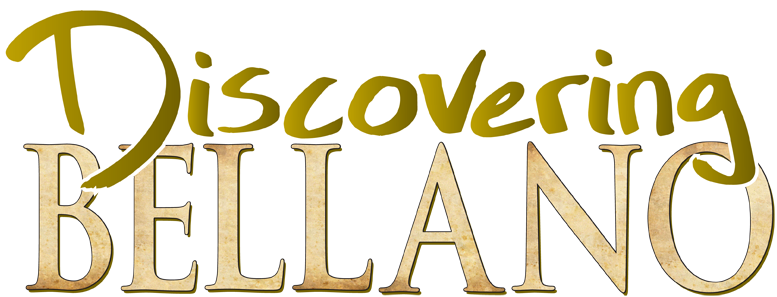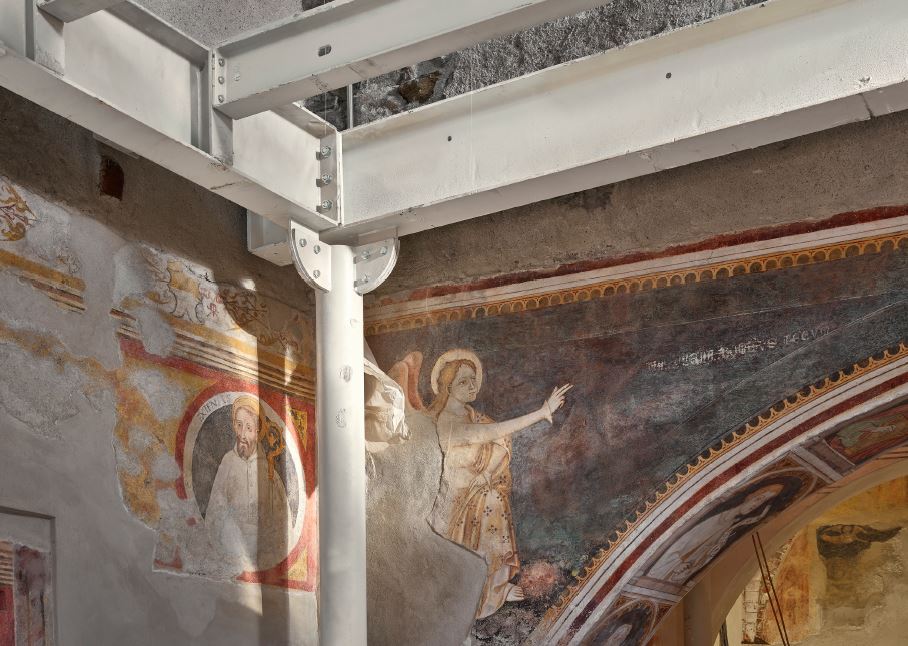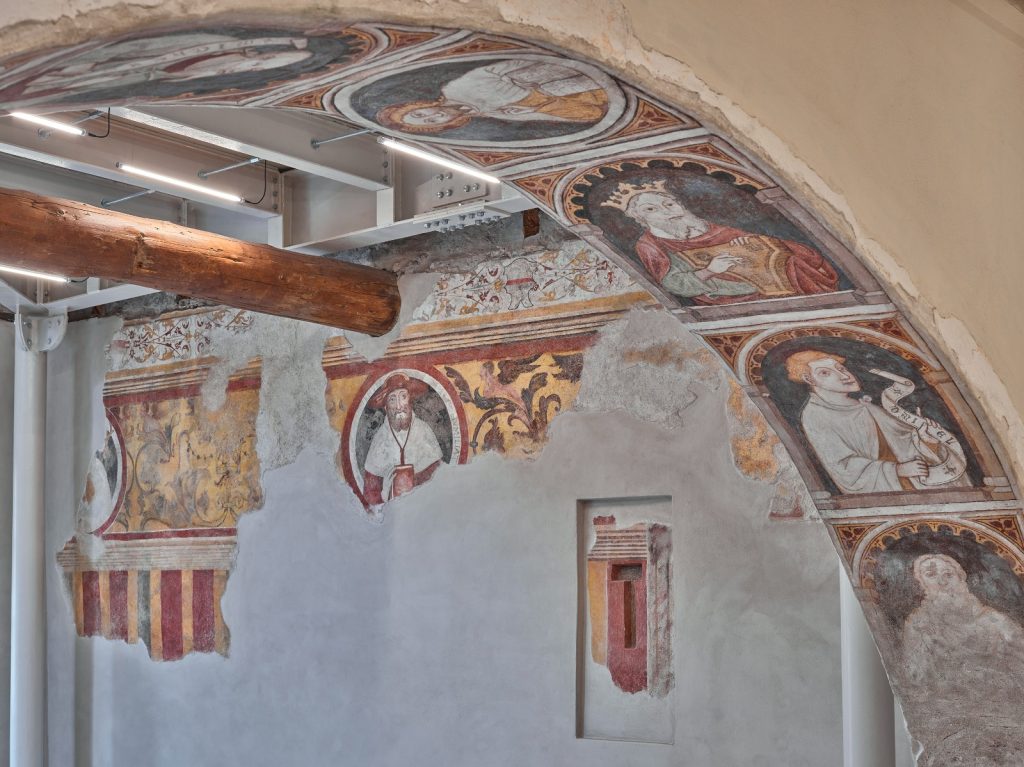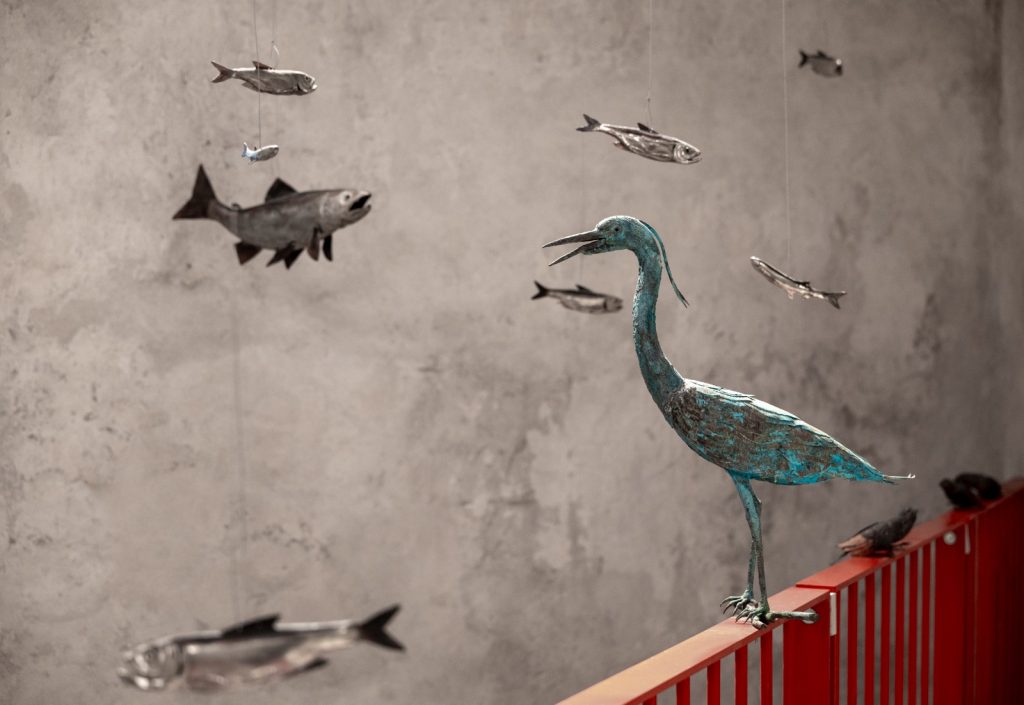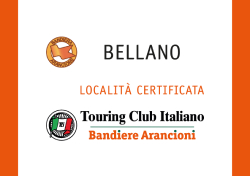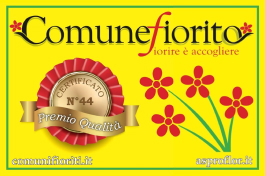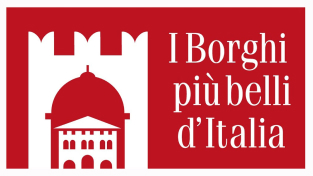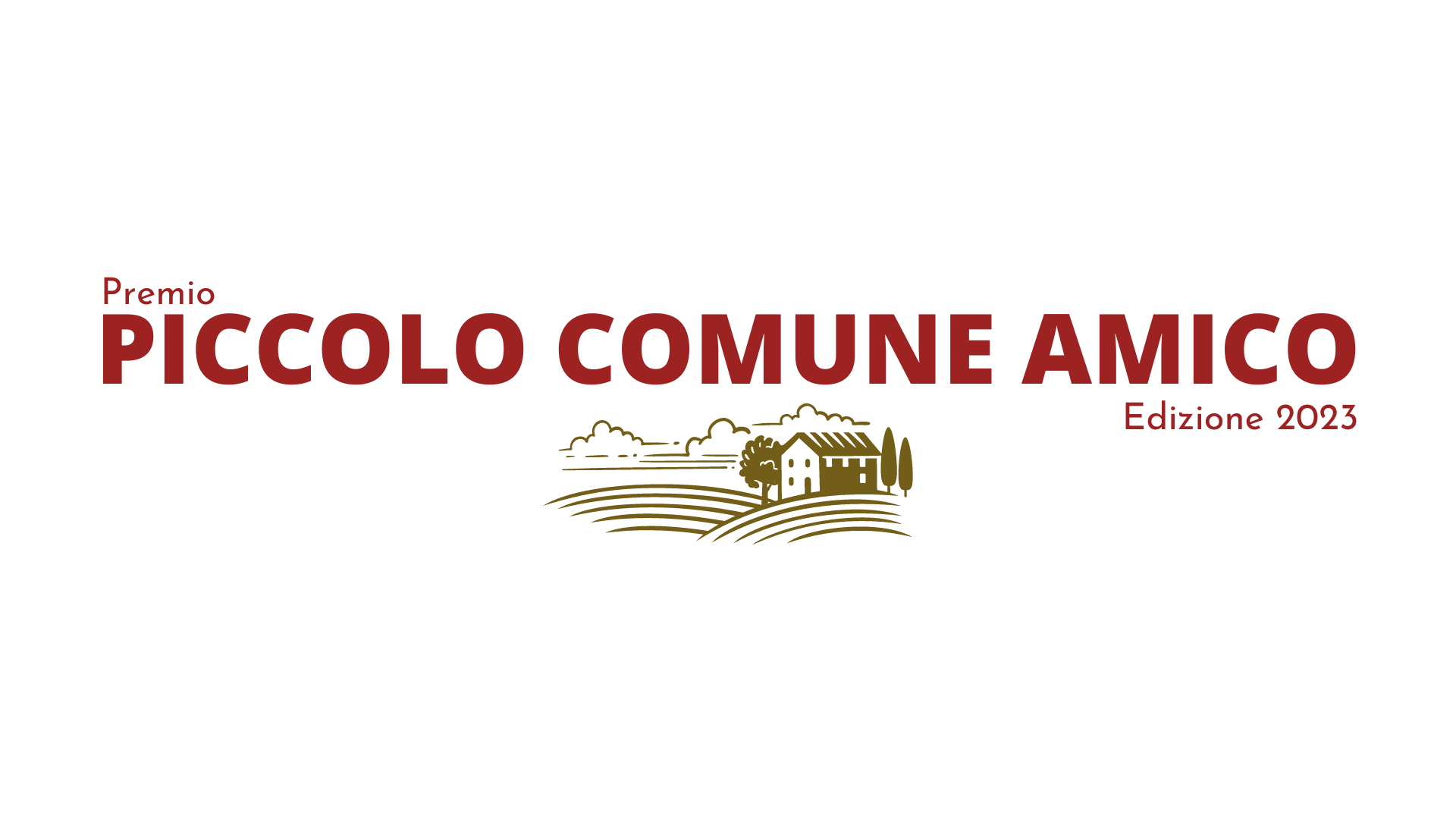SAN NICOLAO Arte Contemporanea
Via San Nicolao 9
SAN NICOLAO Arte Contemporanea is the first BAC (Bellano Art and Culture) site, an itinerary located in the historical centre of the hamlet which is enriched by cultural events.
San Nicolao is situated on the edge of the old town and can be reached through the contrade (quarters) network. It’s located where the old road for the lake and for Valtellina led into the narrow streets of the hamlet. In that place, on the right side of the church, there was one of the main doors which guaranteed the entry to Bellano, while from the left side it was possible to have access to the sacristy and to the small convent, which are not there anymore.
It’s possible to associate the dedication to San Nicolao to the Wayfarer Path nearby. Buildings dedicated to Saint Nicolao were usually found in the Alpine zones, especially near roads and paths intended for wayfarers and pilgrims.
The building went through several structural modifications and historical events. In 1295 the building was mentioned in a list written for financial purposes: there had been an Umiliati convent in the area where the temple was then built. The religious community of the Umiliati flourished for many centuries in Bellano, until Pope Pio V abolished it in 1571. After that, the convent was under the jurisdiction of knight commanders and then it was taken over by private citizens at the end of the XVIII century, even if religious practices had been carried out until 1850. When the church was deconsecrated, it was used as a storehouse for the Gavazzi’s silk factory, while the remainder of the convent was demolished.
The façade with the main entry and the first section of the church were added to the original temple, and were probably built in the XVI century. The central section and the bottom one, made by two aisles, are not aligned, probably because of the presence of the important road on the south side of the church. The two areas of the church are introduced by a sort of decorated triumphant arc: the XIVth-century frescoes confirmed the ancient foundation of the complex. The decorations on the western wall date back to the XVI century and might confirm that they were renovated when the Umiliati were still there, also because it is possible to recognise among the figures some friars belonging to that order.
The largest part of the internal decorations has been lost, but it is still possible to admire some fragments of the Fourteenth-century frescoes. The Redentor, six prophets and the Annunciation are depicted on the first arch, while the Anus Dei and two Saints are frescoed on the recess on the left wall. Fragments of Saints and remains of a big Crucifix are depicted on the apsis. Grotesques and two Saints located in the first area were made in the XVI century and later, in the XVII century, the decorations and the portraits of the second area were added. However, much of the decorations and the ancona, mentioned in the pastoral visits, did not last until nowadays.
